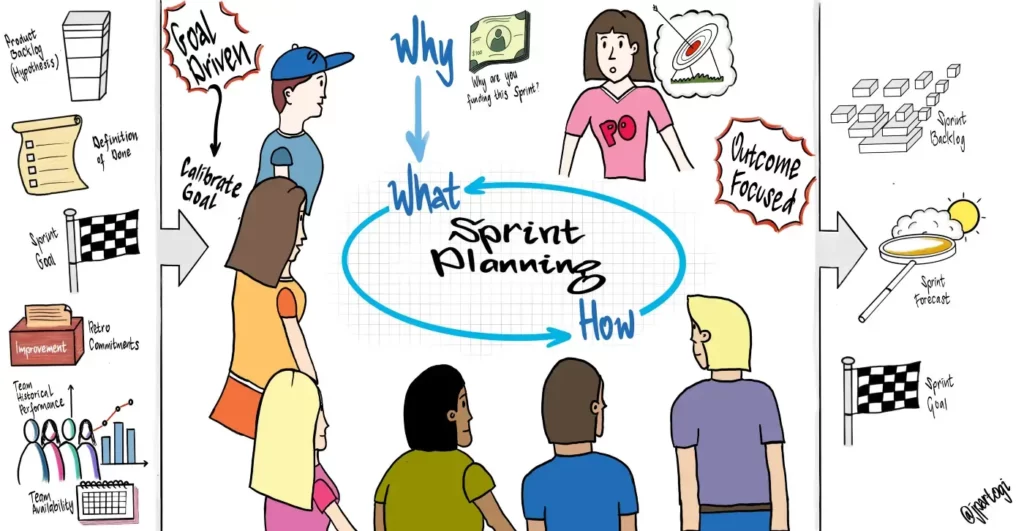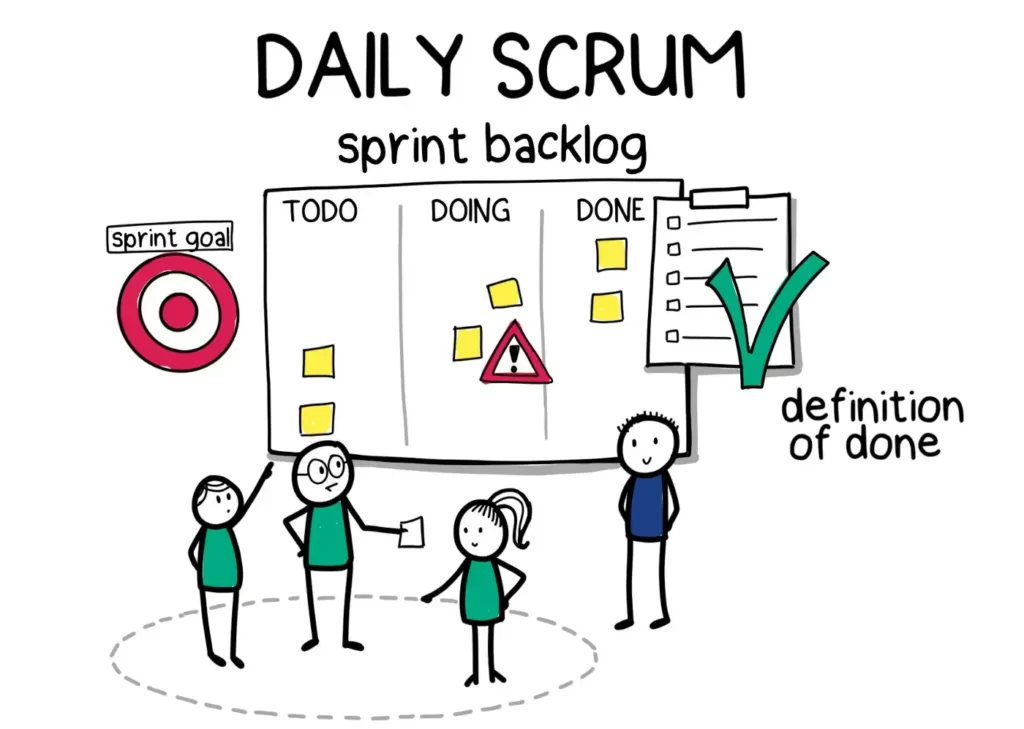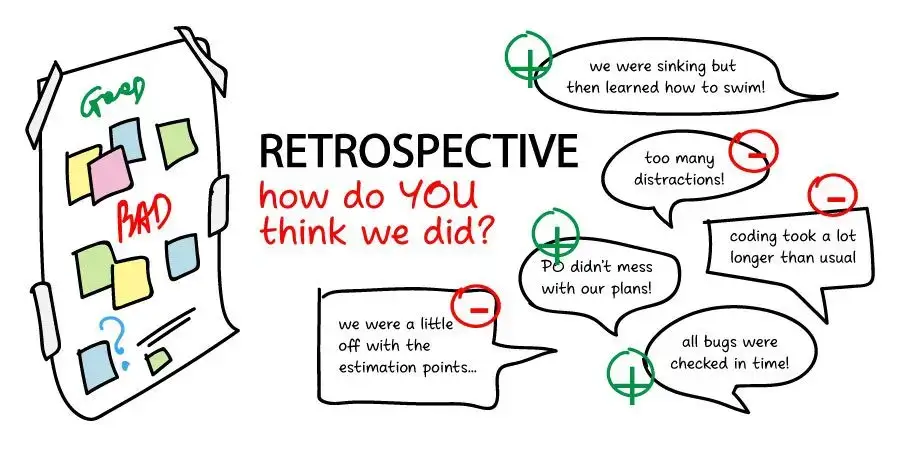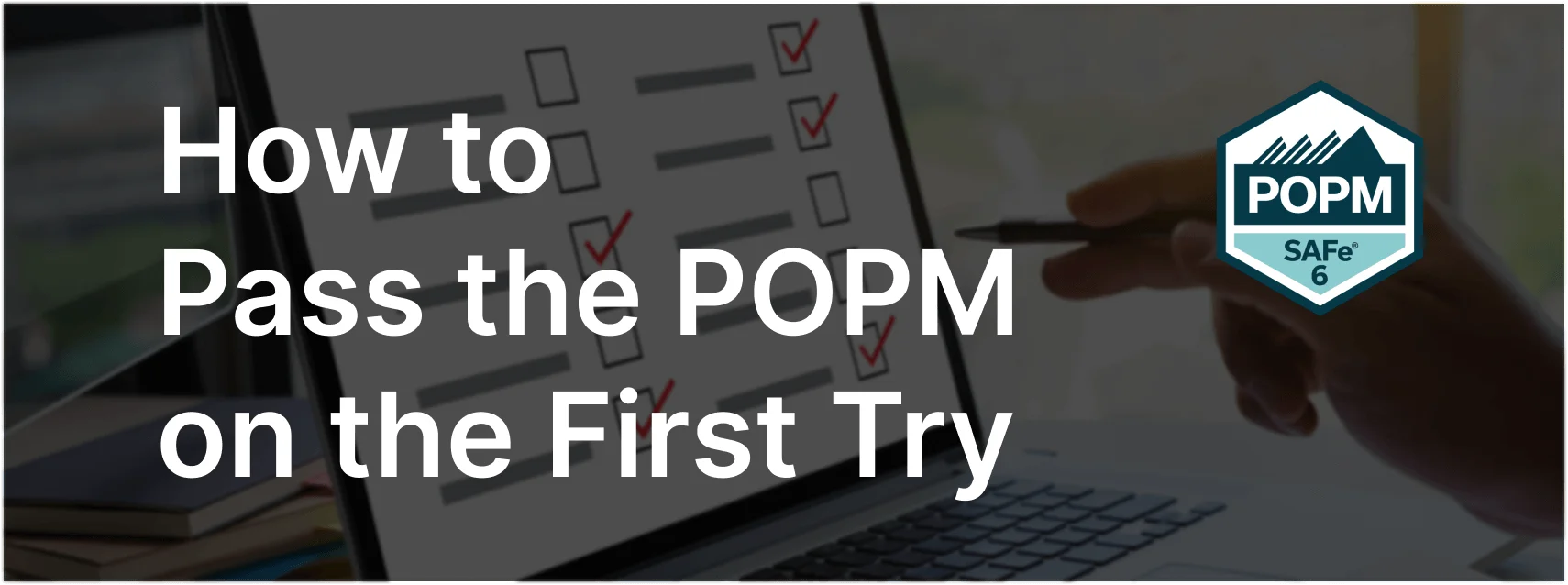4 Scrum Events to Spice Up Your Life
Don’t forget these essential rituals to supercharge your Agility
Whether you’re a Product Owner, Scrum Master, or agile enthusiast, you may find yourself wanting to spice up your life!
Luckily for you, there are loads of different Scrum events that can help you learn more about Agile and related topics. This article is going to outline the most common ones.
The Scrum framework was initialized designed to help develop high quality software delivered iteratively via Sprints rather than through a predefined development process, where release cycles may stretch for years.
You have probably heard about Agile before. It is basically, the ability to adapt to inevitable and unforeseen changes with the purpose of achieving a goal or objective. This enables the team to deliver value earlier and more frequently versus the risk of building and delivering something nobody wants or needs.
Agile formats speed up project delivery. There are justification and feedback based the Scrum framework allowing teams to jump directly into building a a product instead of continuously waiting for comprehensive plans and designs to be approved. The project effort can neatly be sliced and diced into Sprints before going through a complete planning process.
1. The Sprint Planning

The Sprint Planning is a meeting that occurs at the start of each Sprint. The purpose of the meeting is to evaluate the current state of the Product and its Product Backlog in order to plan the development effort for the Sprint. All members of the Scrum Team contribute to this planning effort and can involve people from outside of the team if needed.
Here’s an example of a Sprint Planning meeting. All the participants are in one room; there may also be a facilitator or other members present who assist with common questions. Where this event is held is at the discretion of the Scrum Team as long as all members can attend and participate.
It usually discusses a wide range of topics, but here are some of the most common topics covered. Some of the questions related to the review of User Stories and other aspects of the planning that can be a bit tricky to answer (more about that later). Here’s a recap of the common topics.
This is something very common to all scrummits, but everyone seems to miss. If you feel like you’re not pushing your product as far as possible, don’t skip this step! If you do skip this step, you risk breaking the Sprint cycle and/or losing the desired Sprint outcome (although there can be exceptions).
“The goal of the planning meeting can be divided into 2 subcomponents 1) the content overview and 2) the plan for the Sprint. The content overview can discuss the desired Sprint outcome that is linked to the Product Backlog. The content overview can also discuss “progress adjustments” such as backlog clean up, user stories reassessed or urgent reviews. 2) The sprint prioritisation can refer to the overall direction of release/delivery, prioritisation for each sprint and prioritisation for each feature of your product” (Akshay Govindarajan and Gyorgy Sztop).
Before discussing the items to be proposed for the Sprint, it is good to remind everyone what the goal of the Sprint is and the value to be delivered.
While it might be tempting to just tell the project owner what they need to improve, giving customer feedback creates the opportunity to understand what’s not working (and what could be improved!) so that the project can move to the next phase. Going back to basics offers the opportunity to dig deeper, identify possibilities and action steps and so reduce the number of steps the project needs to go through, freeing up time and reducing risk.
2. The Daily Scrum

The Daily Scrum is one of the important steps towards agility. This is your daily inspect and adaptation meeting. The goal of the Daily Scrum is to ensure everyone is in-sync and moving in the same direction.
To reduce complexity and overhead, this event is held at the same place and time. Common topics discussed within the Daily Scrum include what was done since the last Daily Scrum, work that will be undertaken until the next Daily Scrum, and impediments that are preventing the team from moving forward and in the right direction. This is a opportunity for the team to identify deviations toward the Sprint Goal and make necessary adjustments every 24 hours.
This practice has been applied widely in different industries such as software development, media, medicine, HR, education, etc. This daily feedback loop leverages team communication that focuses on an iterative and incremental approach to produce better and faster results.
It is at the discretion of the team to decide how the Daily Scrum should be run. The only guidelines is that it should not go beyond 15 minutes and the focus is on ensuring progress is being made towards the Sprint Goal. The Scrum Master can facilitate and coach the team on how to get the most value from the Daily Scrum and help the team stay motivated to work diligently towards the tasks at hand.
3. The Sprint Review

During the Sprint Review, the Scrum Team and stakeholders review what was accomplished in the Sprint and any changes in the market. Based on this information, the participants collaborate on what should be done to the product next. The Product Backlog can also be updated in order to leverage any newly discovered opportunities. The Sprint Review is a collaboration session and should not be limited to only showcasing product functionality.
The Sprint Review is at the end of the Sprint but prior to the Sprint Retrospective. It is time-boxed to a maximum of 4 hours for a four week Sprint. It is up to the Scrum Team’s to decide how short their Sprint Review should be regardless of the length of the Sprint.
The Sprint Review includes the following attributes:
- Attendees include the Scrum Team and key stakeholders
- The Scrum Team demonstrates the work they were able to get done during the Sprint
- The Developers can discuss any challenges that had occurred regarding implementation
- The entire group will collaborate on what to pursue next based on this information in order to feed into the subsequent Sprint Planning
- The Product Owner can discuss the Product Backlog and projects likely releases based on progress to date
The outcome of the Sprint Review is an updated Product Backlog for the next Sprint.
4. The Sprint Retrospective

The purpose of the Sprint Retrospective is for the Scrum Team to identify how they might increase their effectiveness.
They will inspect they way they worked together during the Sprint. This might include how they collaborated, their tools, the processes, and their Definition of Done. They can then discuss what went well and what didn’t go well.
The Scrum Team identifies the most helpful changes to improve its effectiveness and will either address them immediately or in the upcoming Sprint. The end of the Sprint Retrospective concludes the end of the Sprint. It is time-boxed to a maximum of three hours for a one-month Sprint and typically shorter for shorter Sprints. The Sprint Retrospective provides an opportunity to focus on inspection and adaptation of how the team operates.
Conclusion
The Scrum events, if done in the right spirit, create an empirical behavior within the team. These events encourage communication flow and provide transparency at every level.
What are your experiences with Scrum events? Do you find them useful or would you add or remove any event?






